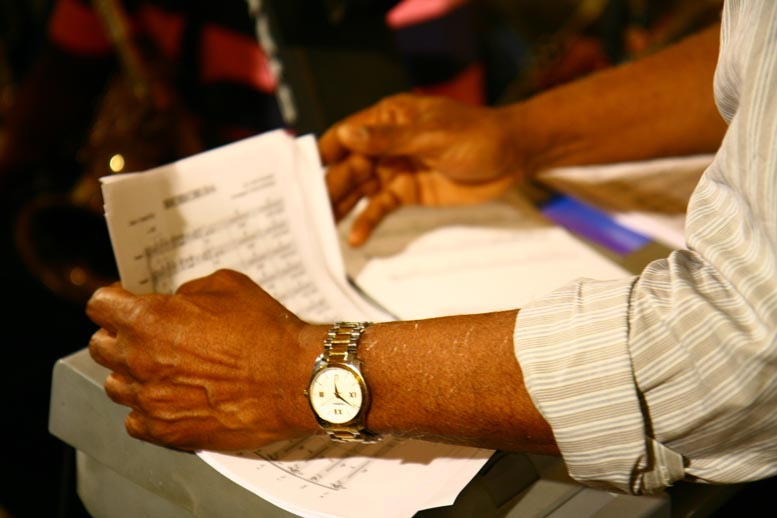 Teachers are faced with many challenges in the classroom. Starting with the pressure to develop challenging exams and grade papers on time to the time deadlines of creating their lesson plans, the job seems to be never ending. However, teachers are also faced with accomplishing their main job role of a superior communicator to the students in the classroom. Unless they communicate in an exceptional manner, their students will never be able to learn correctly. Teachers working in multicultural education face an additional dilemma as they must now enhance their communication skills because of both cultural and language barriers in the classroom.
Teachers are faced with many challenges in the classroom. Starting with the pressure to develop challenging exams and grade papers on time to the time deadlines of creating their lesson plans, the job seems to be never ending. However, teachers are also faced with accomplishing their main job role of a superior communicator to the students in the classroom. Unless they communicate in an exceptional manner, their students will never be able to learn correctly. Teachers working in multicultural education face an additional dilemma as they must now enhance their communication skills because of both cultural and language barriers in the classroom.
Before entering the multicultural education environment, there are a few things that teachers must do to prepare. Educators must first familiarize themselves with the cultural differences of all students who attend the school in which they teach. The best way for the teacher to bond with the students is to share a common interest or have a way in which to initiate conversation. Therefore, the teacher should be aware of the cultural uniqueness of each and every student. Showing a liking to individual students is a way in which to gain trust and form bonds.
Additionally, the teacher must decide how they can improve their current teaching strategy. They do not want to alter it too drastically because that will confuse the students, but at the same time there is always room for change. Teachers can ask their students for suggestions as to how they can improve their performance in the classroom. Together, the teacher and students will make the learning process much more effective and efficient.
How does one go about this process? Well, there are three approaches to teacher professional development. The first is individual research to enhance their knowledge base about multicultural education. During this process, the teacher should recognize the demographic of the area in which they teach. For example, if his or her class consists of many Hispanic students, the teacher may familiarize him or herself with traditions of that culture or learn how to speak some basic Spanish vocabulary.
The second approach is to attend lectures on specific topics related to teacher professional development. Multi-racial awareness activities will expose teachers to the different learning styles that their students portray. Research has shown that cultural groups learn in unique ways due to their history and values. Additionally, teachers will learn the reasons for the cultural differences, which root back to philosophy and social customs. Teaching strategies, such as role-playing and simulations, may help some students learn better as opposed to the ordinarily used lecture style of teaching. Once the teacher decides on the most effective strategy, he or she will notice success in their overall student performance and will feel rewarded.
Lastly, teachers learn through their own experience. This allows the teacher to learn about multicultural education firsthand by combining classroom-based learning with field-based experience. Once in the classroom interacting with the students, the teacher will be able to observe the different learning styles of the students and will be able to better plan for the future. Teachers should not be afraid to implement a unique teaching style because it may succeed in the multicultural environment.
Teacher professional development must comprise resources and ideas for teachers to use in allowing themselves to learn about cultural diversity. After completing the development process, teachers will have broadened their instructive knowledge, improve their skill set, and alter their beliefs, attitudes and understanding of working with a diverse variety of students. Although the task may be daunting, the overall outcome is beneficial and will make the teacher a successful communicator.
Vince Welsh is CEO of Teacher Education Institute. TEI offers rigorous, graduate-level professional development courses for K-12 classroom teachers. For more about TEI, teacher professional development, multicultural education, visit http://www.teachereducation.com.

